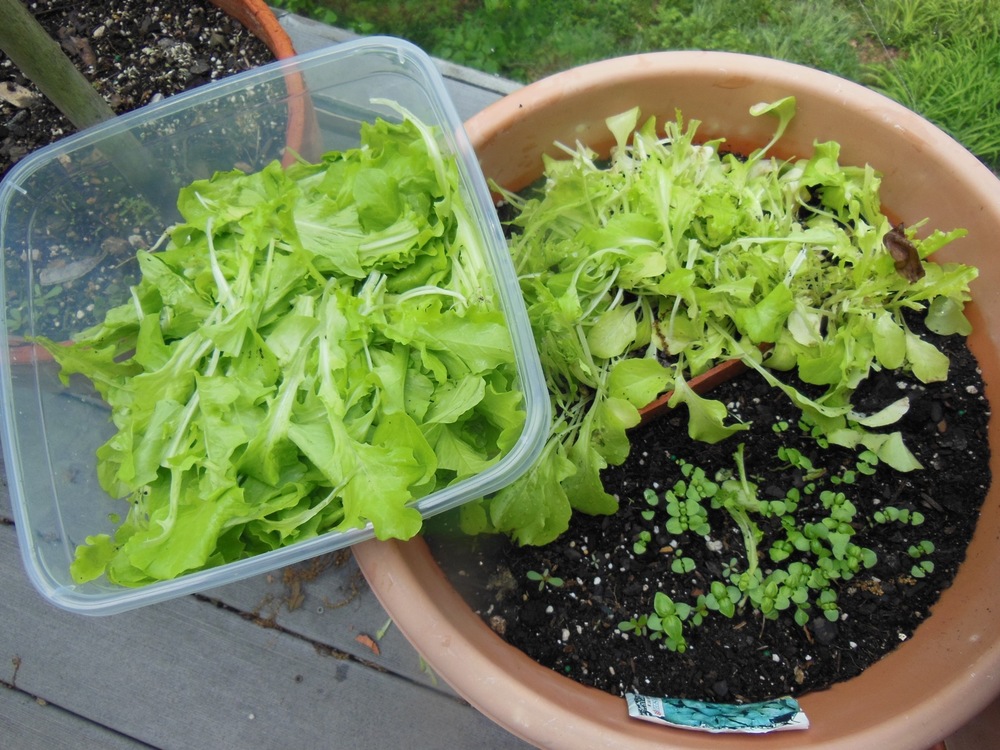Self-Heal Mo Wildflowers
/Self Heal is actually a mint and easily grows on my Missouri hillside. (Photo by Charlotte Ekker Wiggins)
Self Heal Mo Wildflowers
Self-Heal loves lawns and gravel driveways, or at least my gravel driveway. It attracts bees and butterflies when flowering and is edible. Self-Heal, as the name suggests, was once a sought-after medicinal herb by herbalists and country folk alike.
I met Self-Heal on my Missouri limestone hillside garden a couple of decades ago. I didn’t like walking over it or even weed eating it, so I started to transplant the seedlings to edges of garden beds, where it has nicely established.
Self-Heal grows in many countries around the world and it loves disturbed areas. Habitats include moist to mesic black soil prairies, alongside rivers and lakes, meadows, thickets, forest openings, woodland borders, pastures, and abandoned fields. Self-Heal that is common in lawns is suspected to be a Eurasian variety. This means it is shorter and it has roots at the nodes of the leaves.
According to Edible Wild Food “Self-Heal is edible and medicinal. The leaves and flowers contain high levels of antioxidants (which prevent cancer and heart disease). It has been used for centuries as medicine. Raw self-heal leaves are edible, suitable as a pot herb and have a subtle bitter taste. Although they taste better cooked, a lot of the nutrients are lost (as they are in vegetables as well) in this process. Toss leaves onto a salad, in a soup or stew or once you have mashed potatoes, add them to this. A cold water infusion of freshly chopped (or dried) leaves makes a nourishing drink. (Boil water to make tea as well.) This is a plant that can help many health ailments.”
Here is a patch of Self-Heal I helped to establish along a flower border several years ago. The plants are now mature and grow about 18 inches high.
Here’s one of the self heal bunches along one of my paths. (Photo by Charlotte Ekker Wiggins)
As I have said, Self-Heal likes my gravel driveway so I took to the flower bed edges to find Self-Heal starts.
The leaves are easy to identify since they extend above the root on short stems.
These are self heal starts sprouting in my gravel driveway. (Photo by Charlotte Ekker Wiggins)
After a rain, Self-Heal starts can be gently pulled out of soft ground to transplant.
Once I have a handful, I use a weed puller to make holes in the new growing area and tuck Self-Heal starts in.
These self heal starts are moving to other parts of my garden. (Photo by Charlotte Ekker Wiggins)
One of my Missouri native wildflowers book says this plant is also called “Heal All.” Who wouldn’t want that sort of help from a garden?
Charlotte
















